Sound quality analysis of bluetooth headset

In this article, I will look at a non-standard combination of a stylus and a bluetooth headset. And also I will conduct a small analysis of the quality of the sound transmitted by it.
If you are only interested in the analysis of data transfer - you can immediately go to the appropriate section.
Prehistory
It so happened that in recent years I have tried several times to get used to using a bluetooth headset, but none of the tested models have bypassed the “curse of the dusty corner”. On the one hand, the headset sometimes helps a lot, on the other hand, I couldn’t get used to wearing it all the time. For me, the headset is needed not so much to free up hands, as it is like some kind of “substitute smartphone / tablet / computer” for communication. Unfortunately, standard headsets are mounted on the ear, which is very inconvenient, especially when it is needed 5/10 times a day ...
')
In the light of these reasons, I was interested in the device with the speaking name "Spoke Finger" - a stylus combined with a headset. It is easy to imagine that this “pen” lies in the shirt pocket, without in any way interfering, but helping precisely when needed.
Interest successfully overcame the stage of curiosity and gradually moved into the experience, which I share.
Description
Actually, the description of this uncomplicated device fits in two words
Accordingly, a typical “use case” is to place a headset on a T-shirt collar (that's how I am now), and you no longer need to carry a smartphone or tablet with you around the apartment / office. In addition to answering calls, the device allows you to connect headphones and listen to music from a computer / tablet / phone, i.e. In fact, turn any headphones / speakers into wireless ones.
In general, such a “manual” headset is quite interesting in itself, but the developers decided to expand the functionality in the simplest way - they added a ball of a capacitive stylus at one end.
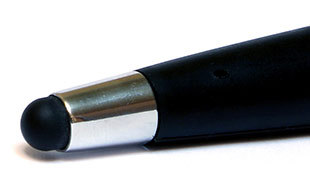
Personally, I rarely use the stylus, because writing by hand, there is no habit, but I don’t want to wear a stylus for a couple of minutes a day. Perhaps now I will change my opinion, because the headset turned out to be quite convenient, and you can add drawings and diagrams to notes with the stylus, which still saves time (it is not easy to draw something more difficult than a smiley with your finger).
There is nothing special to say about the technical component of the stylus, the usual capacitive stylus with a soft rubber ball at the end. But you can tell more about the headset.
The claimed device specifications are as follows:
| Bluetooth version | 2.1+ EDR |
| Weight | 20 g |
| Working hours | up to 150 h |
| Warranty | 12 months |
| Bluetooth range | 10 m |
| Dimensions | 132 x 19.5 x 17 mm |
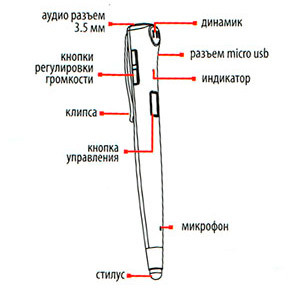
I did not manage to check the time yet. But the range of work - 10 meters only if in direct line of sight. Through one, not capital wall - the connection is maintained normally, after 2 - it disappears from time to time. But the loss of the signal when the source of the signal is moving relative to the receiver - did not reveal (although I tried)). However, the tests will be next.
In fact, everything you need to know about the device can be understood from one picture (right), therefore, I will not go further along the “standard view” path and instead of describing the delivery features (normal delivery, fast, nothing crushed) functional (see “brief description”), plastic surfaces (ordinary plastic), or packaging photos (seriously?) ...
It is better to move on to more interesting points.

Sound quality
Among other things, the device is positioned as an assistant when listening to music. Headphones are plugged into the corresponding jack, which allows you not to carry a smartphone with you at least within the room. The advantage is not very significant, but oh well. Let's try to check the sound quality.
The simplest and most visual test is to compare the spectra of signals. For the test, I used a very high-quality audio recording that was played by a computer or my phone (Nexus 5). The experiment is not very clean, because It is impossible in principle to receive an adequate signal on household iron without a good OAC, but for our purposes, a rough check will do.
So, the obtained spectra:
The spectrum of the original signal

Spectrum of the signal recorded from the computer (bypassing the phone)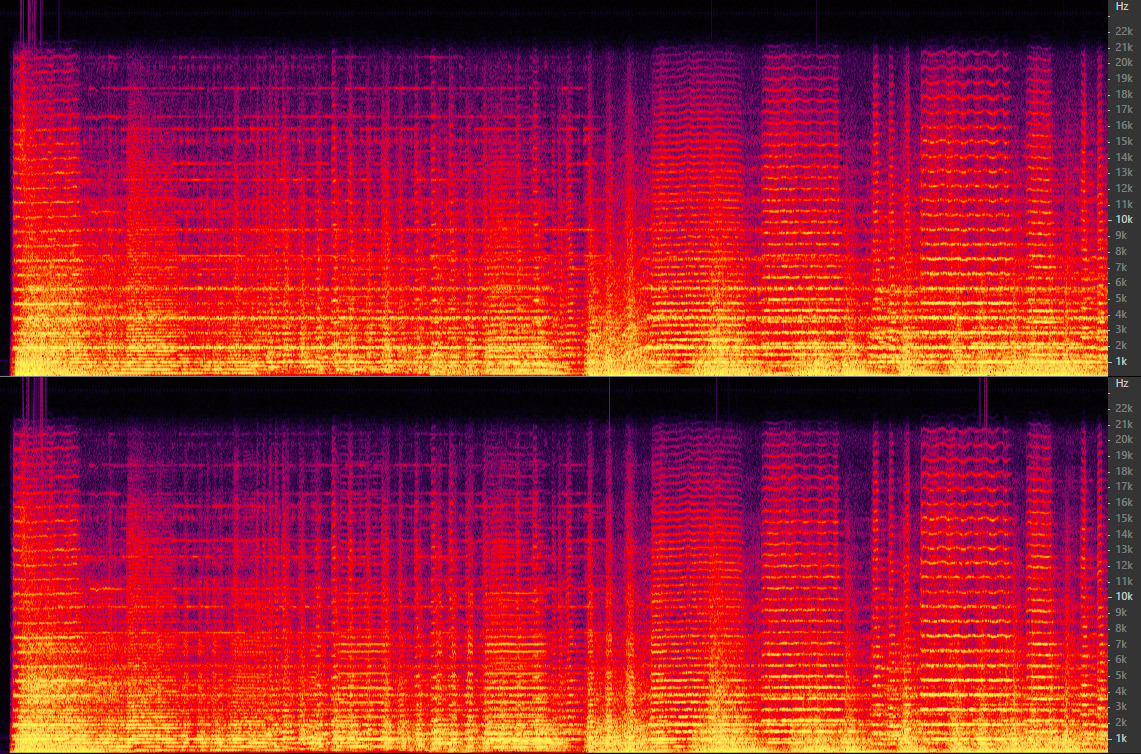

The spectrum of the signal recorded by the headset, by directly connecting the phone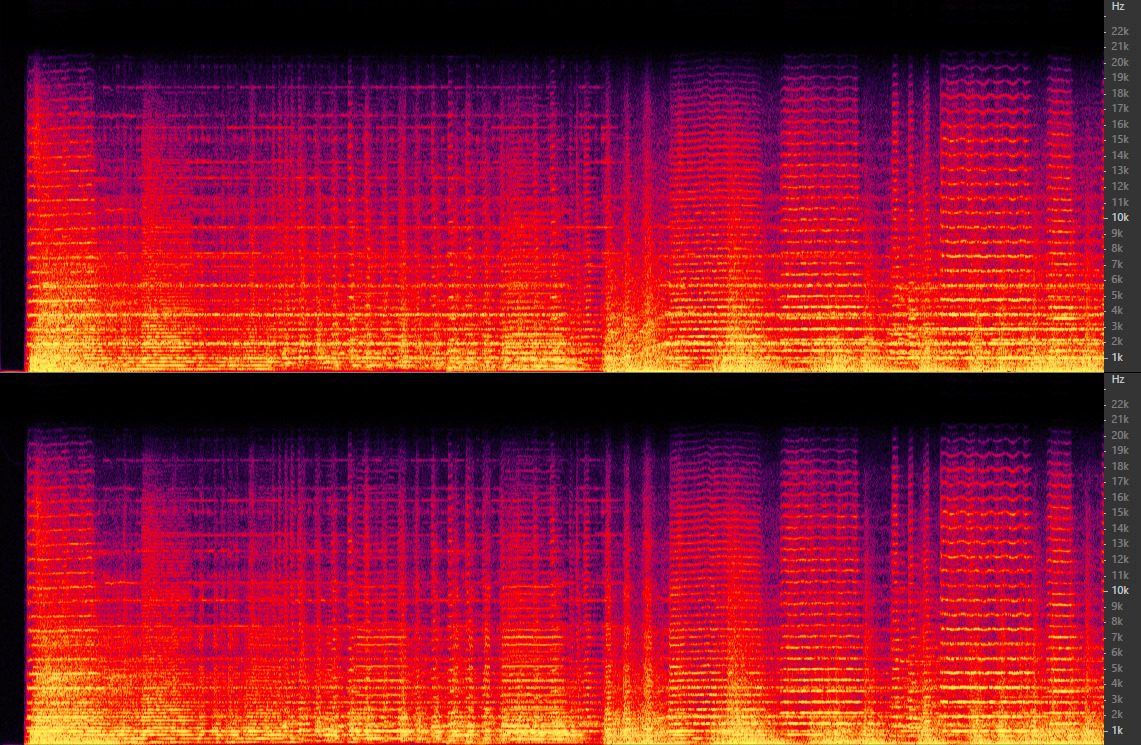

Spectrum of the signal passed through the headset

Compare the results:

Based on the comparison, we can conclude:
1. My ADC immediately cut off frequencies above 21 kHz. What is typical for non-prof. equipment and sampling rate of 44100 Hz.
2. The phone has lowered the upper threshold to about 20 kHz. And also significantly reduced the amount of high frequencies. But overall, the result is not bad.
3. The headset did not affect the amount of high frequencies, but there were unpleasant "dips" up to the frequency of 17 kHz. Probably due to data compression during transfer.
Let's try to see what happens in more detail. To do this, we will generate a simple sawtooth wave and see what happens to it when transmitting through the headset.

The ramp for testing.
When playing through the phone, a pronounced beating of the signal appeared:

The headset does not change much:

Therefore, we will try to take a closer look. Original wave:

Oscillations are noticeable in the corners, but this is not the case. Simply, the waveform is smoothed by the viewer (as well as the movements of the membrane are smoothed due to its inertia). Take a closer look:
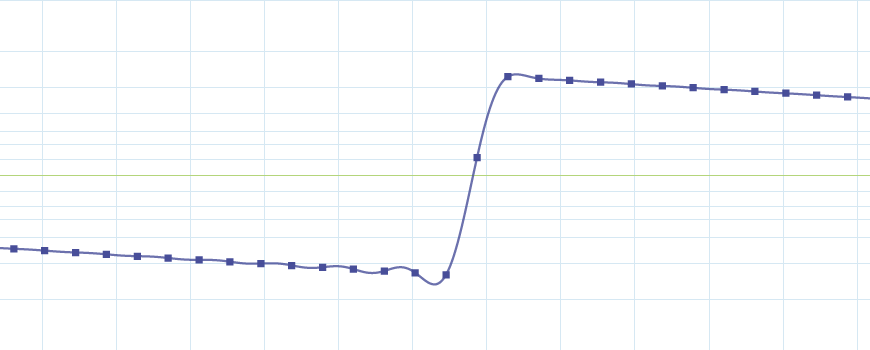
It is seen that the points (peaks) are located exactly as they should. Let's see what happens if you pass the wave through the phone:

It is seen that large fluctuations cause interference and thus affect the neighboring peaks, as if “swaying” them. Add a headset:
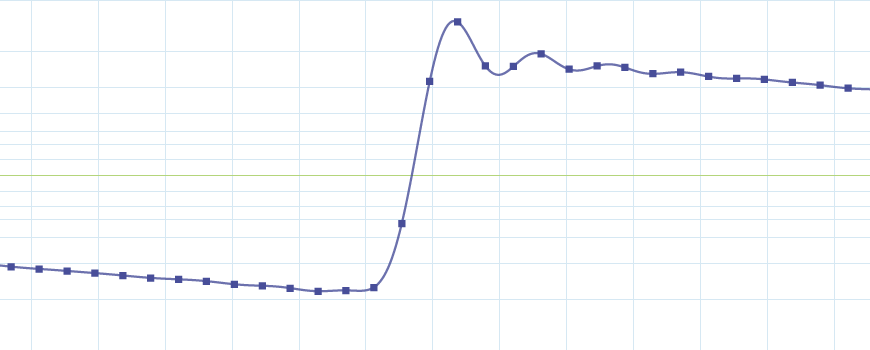
The displacements are even more noticeable, the amplitude jump "smears", and causes fading beats after it. The blurring suggests that it is likely that a decrease in the sampling rate is made for compression during signal transmission.
What does all this mean?
Loss on the equipment is always there. What we found is a lot or a little? In my opinion, if you are not an avid audiophile, you don’t have big and good headphones on your head, and for lossless music there’s no room on mobile, then the sound quality is enough.
But why guess? You can download 15 second samples and listen.
http://goo.gl/tfZ9jv - original
http://goo.gl/30RfBc - by wire
http://goo.gl/gyj6i7 - via bluetooth
Well, completing the review - a few revelations.
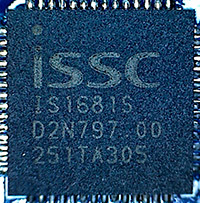
(increase by click)
Understands the headset elementary, screw the tip with the stylus and disconnect the halves of the case.
Inside, we see a nameless battery and a standard BH202 board, which makes it possible to read reviews of the Nokia headset of the same name.
Advantages and disadvantages
+ Unusual form factor allows you to implement new usage scenarios
+ normal headset
+ normal stylus
+ sufficient time for such a device
- medium sound. For talking or say podcasts - completely. For music - I want more.
- price
I thank the company Dadzhet provided the device for testing. Quite possibly it will find a permanent place in my life. All the best!

Source: https://habr.com/ru/post/255107/
All Articles

